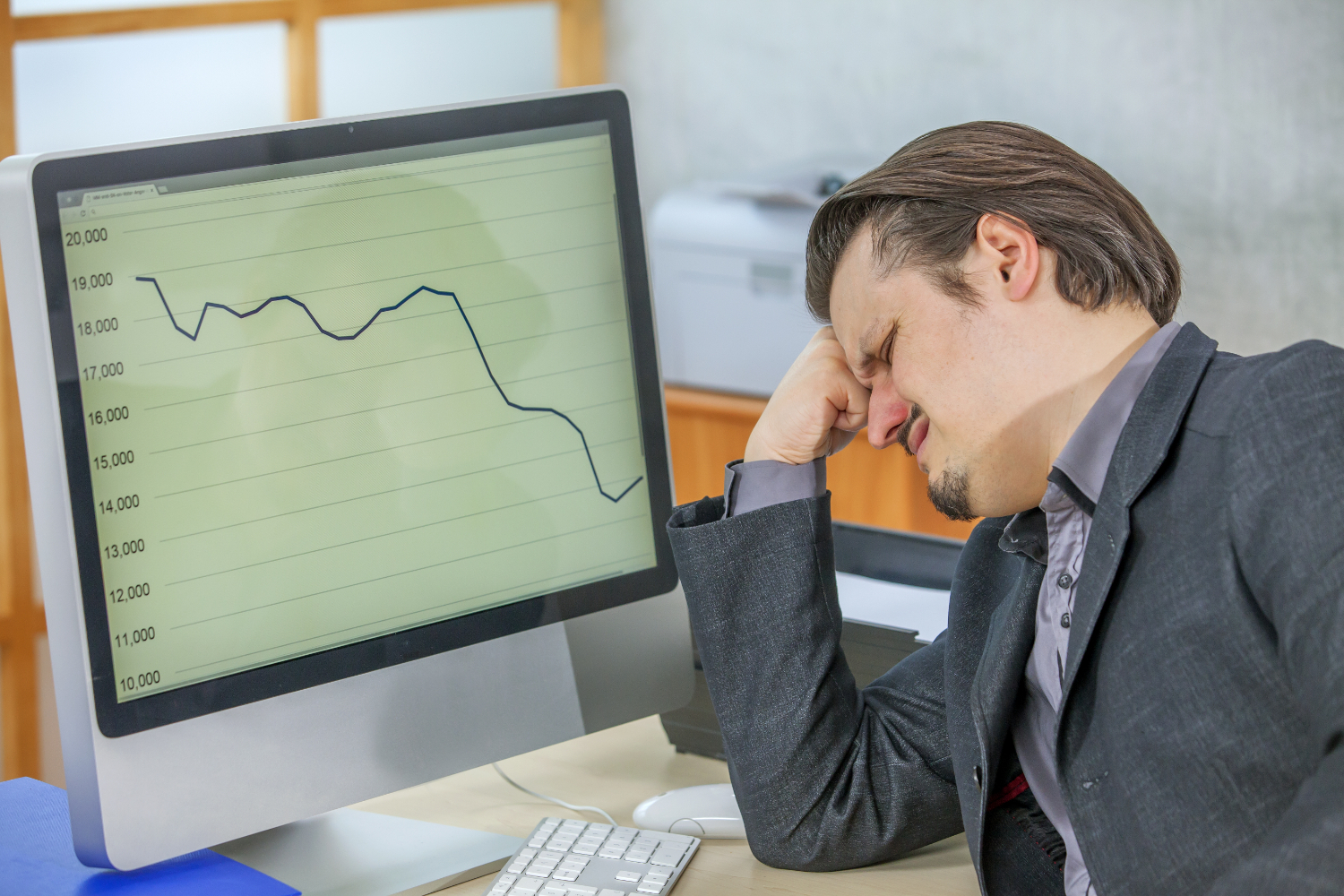A hole-in-one is a very impressive golfing accomplishment. How likely are they? Fewer than one in 850,000 times from 150 yards away, which is almost an outlier in the statistics world? Nevertheless, the 2023 LPGA tour saw 20 such events. In what way is this possible? Simply put, a low chance does not always mean a low frequency. Hold on to that thought for a little while.
Let us now change things up. Imagine playing two games where you flip a coin. In the first, the coin is fair because both winning and losing are equally likely. This second coin isn’t working right; there’s a 60% chance of losing and a 40% chance of winning. A 25% projected return is available for both games, though.

While looking at it, most people would say that the flawed coin is more dangerous. Since we don’t know the result ahead of time, both games are equally risky, especially if we only play them once. What happens on the next flip could easily go against chance. Risk isn’t just about the chances of winning, then. The point is to show how bad the loss is when things go wrong.
Imagine that the fair coin gives a 150% gain when it wins and a 100% loss when it loses. The faulty coin, on the other hand, rewards success with 135% and punishes failure with only 50%. The expected return in both cases is about 25%, but the flawed coin lets you live to play again, which is a very important thing to think about when buying.
It’s not probability or expected return that determines risk in investing. If the odds are against you, the real danger is the chance of losing all of your money forever. Like this, you should always look at risk in its own right, not in relation to gain.
The chance of losing all of your money forever is not worth the small amount of money you could make as a minority equity investor. Extreme payoffs should be avoided at all costs because the future is hard to predict. Trading on two possible outcomes is not a smart way to spend, even if the possible reward is very appealing. Despite how simple it sounds, this isn’t necessarily the case.
From Theory to Practice
Think about a chemical company that just finished a big run of capital expenditures that was mostly paid for by taking on a lot of debt. New capacity is expected to triple cash flows, which will help the company pay off its debt quickly and become net cash-positive in two years. In addition, the company is trading much lower than its peers and its long-term average.
It’s tempting, right? But a smart investor doesn’t look at the possible gain. Instead, they look at the bankruptcy risk that comes with working in a cyclical, commodity-based industry, especially one that is open to Chinese dumping.
Let’s look at another example. A consumer brand company with a good history of making money from old businesses. The company recently took out loans to grow into new goods that are related. Even if the new product doesn’t do well, the company will still be able to pay off its debts thanks to its other products. It would be a painful loss, but not as bad as what could happen. For someone who is willing to wait, this investment could still pay off in the long run.
The only thing that differs between the two situations is not the chance of success, but the potential damage of failure and constantly controlling risk should be the main goal.



